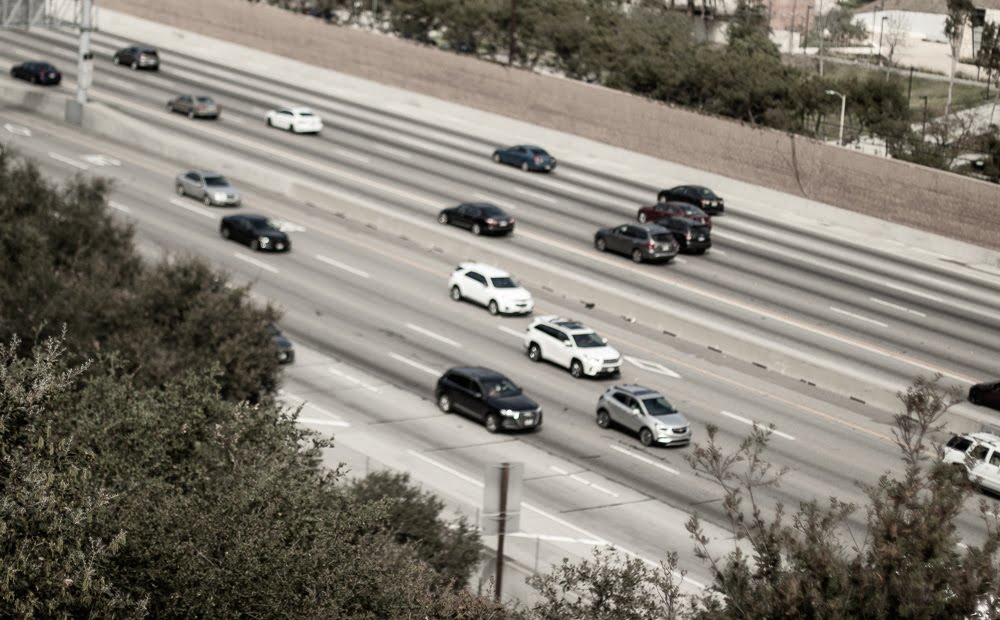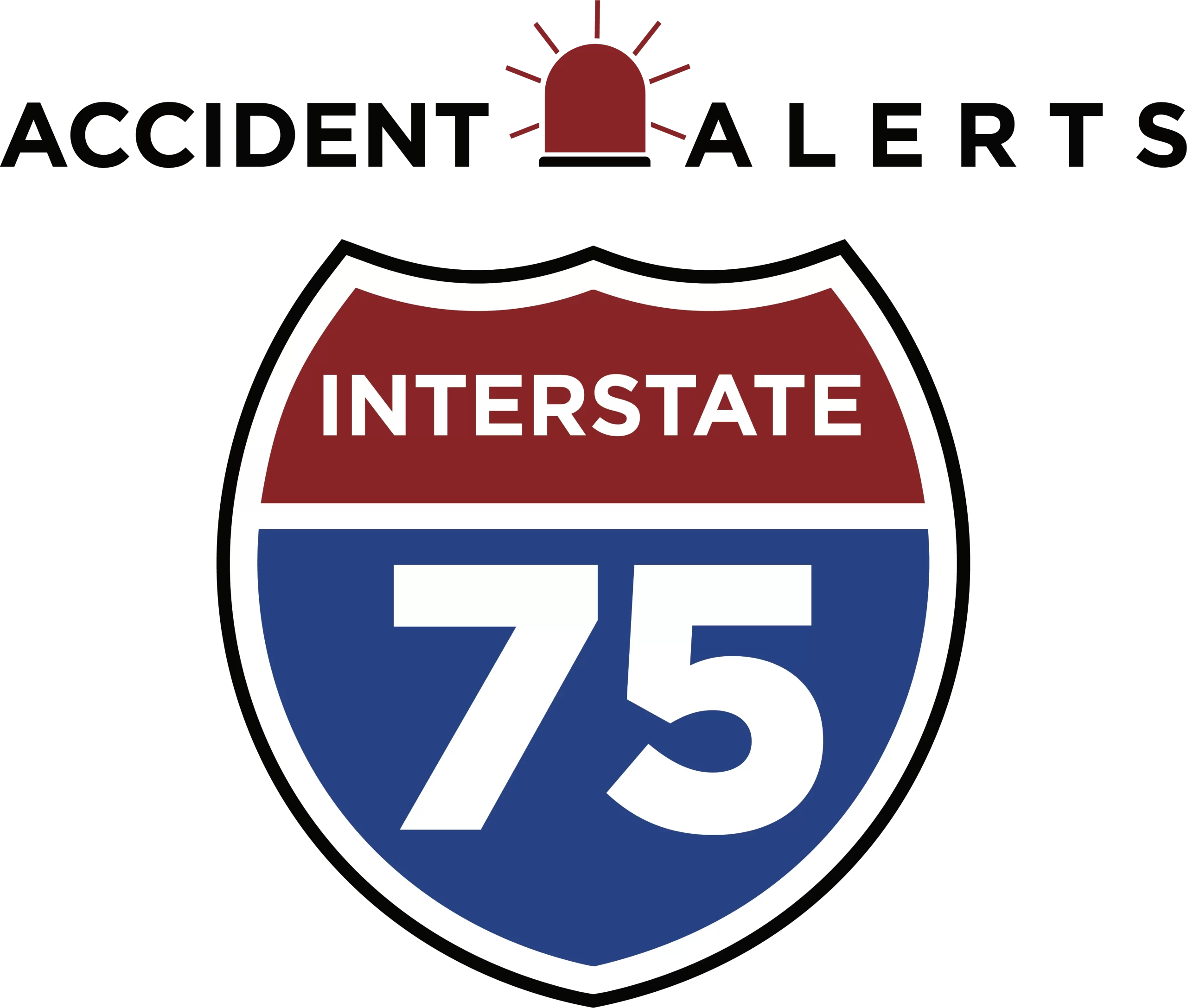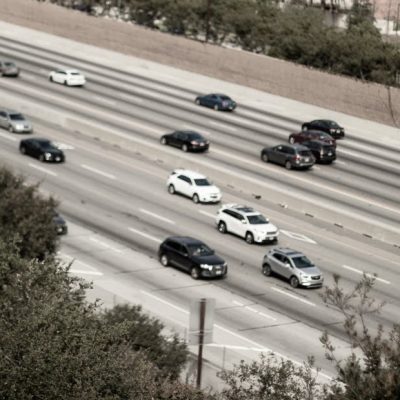
Wrong‑Way Accidents on I‑75


Interstate 75 is one of the most relevant highways in the United States, stretching from the Midwest all the way to Florida. Every day, thousands of cars, trucks, and commercial vehicles travel along this busy corridor. While most crashes involve speeding, congestion, or weather, one of the most dangerous types of accidents that can occur is a wrong-way collision.
Wrong-way driving happens when a vehicle enters the highway going in the opposite direction of traffic. Though rare, these incidents are especially devastating. Because they often involve head-on impacts at high speeds, wrong-way crashes result in severe injuries and fatalities at a rate much higher than other types of accidents. Understanding why these crashes happen and how they can be prevented is critical for anyone who drives I-75.
Causes of Wrong-Way Driving on I-75
Impaired driving is one of the most common causes of wrong-way accidents. Alcohol or drug use can impair judgment, which increases the likelihood of drivers missing warning signs or mistakenly entering an exit ramp.
Fatigue and drowsiness also play a role. Long hours on the road, particularly at night, make it easier for tired drivers to become disoriented or drift into the wrong lane.
Confusing interchanges can contribute as well. Complex exit and entrance designs, poor lighting, or unclear signage may cause drivers unfamiliar with the area to enter a highway in the wrong direction.
Distraction is another factor. A moment spent checking a phone or adjusting a navigation system can cause a driver to miss key roadway warnings.
Finally, medical conditions or age-related issues may impair reaction time or decision-making, leading to wrong-way entry. In rare cases, reckless or intentional behavior also causes these collisions.
Why Wrong-Way Crashes Are So Dangerous
Unlike other types of traffic accidents, wrong-way crashes almost always result in devastating head-on collisions. When vehicles traveling at interstate speeds approach each other from opposite directions, the combined force of impact is tremendous. At 65 or 70 miles per hour, the closing distance between vehicles disappears within seconds, leaving drivers with virtually no time to react or maneuver out of harm’s way. This is why wrong-way collisions so often lead to catastrophic injuries and fatalities.
The consequences extend far beyond the initial point of impact. A single wrong-way driver can trigger chaos across multiple lanes of traffic, especially during busy travel times. Other motorists, desperate to avoid a collision, may swerve into nearby lanes or slam on their brakes, causing chain-reaction crashes that involve several vehicles. These secondary collisions can multiply the damage, injure additional drivers, and complicate rescue efforts.
Another concerning aspect of wrong-way crashes is their unpredictability. Unlike congestion-related or weather-related collisions, wrong-way incidents can happen without warning, often at night or during early morning hours when visibility is low and traffic is lighter.
This element of surprise makes them particularly dangerous because most drivers do not expect to encounter a vehicle coming toward them on the interstate. The shock and confusion in those few seconds make avoidance almost impossible. This unpredictability underscores the importance of driver alertness, nighttime visibility improvements, and increased patrols during off-peak hours to detect and stop wrong-way drivers before tragedy occurs.
Prevention Strategies
Highway agencies and transportation departments use a variety of strategies to reduce the risk of wrong-way driving accidents.
Engineering improvements include placing “Do Not Enter” and “Wrong Way” signs at lower heights so they are visible to impaired or distracted drivers. Reflective arrows painted on the pavement and improved lighting around ramps also help guide motorists correctly.
Technology-based solutions are becoming more common. Wrong-way detection systems use sensors and cameras to identify vehicles traveling in the wrong direction. Once detected, they can alert law enforcement, activate flashing warning signs, or trigger alerts on digital message boards.
Policy and enforcement efforts also play a role. Increased impaired-driving checkpoints, nighttime patrols, and stronger penalties for DUI offenses all target common causes of wrong-way incidents.
Public awareness campaigns help educate drivers about the dangers of fatigue, distraction, and impaired driving. By raising awareness, agencies hope to prevent drivers from making mistakes that lead to these crashes.
Consequences of Wrong-Way Driving
Wrong-way driving crashes are among the most dangerous and destructive types of collisions that occur on highways like I-75. When vehicles traveling at high speeds collide head-on, the outcome is often catastrophic. Drivers have only seconds to react, and in many cases, there is no opportunity to avoid impact. The results are frequently devastating, not only for those directly involved but also for everyone else sharing the road.
One of the most immediate consequences of a wrong-way collision is the severity of injuries. Head-on impacts generate immense crash forces that can cause traumatic brain injuries, spinal cord damage, internal bleeding, and multiple fractures. Survivors often face lengthy recoveries, chronic pain, and emotional trauma that may last for years. For families who lose loved ones in these crashes, the emotional toll is unimaginable.
Beyond the physical harm, wrong-way crashes often lead to secondary accidents. When an oncoming driver suddenly encounters a wrong-way vehicle, the instinctive reaction to swerve or brake can cause nearby vehicles to collide. These chain-reaction crashes may block multiple lanes, creating large-scale pileups and putting even more motorists at risk.
Traffic disruptions are another serious consequence. Wrong-way collisions frequently require complete lane or highway closures while emergency crews respond, investigate, and clear debris. These closures can cause significant delays for hours, stranding commuters and slowing the movement of emergency responders.
The emotional and financial impact of these incidents can be life-altering. Medical bills, vehicle losses, and missed work days accumulate quickly, while the mental toll, like grief, anxiety, or post-traumatic stress, can be long-lasting. Communities also bear the burden, as wrong-way crashes demand substantial resources from law enforcement, first responders, and state transportation departments.
Ultimately, the consequences of wrong-way driving extend far beyond the initial moment of impact. Each crash affects victims, families, and entire communities, underscoring the urgent need for prevention and awareness to keep the highway safer for everyone.
Contact an I-75 Accident Lawyer
If you or someone you love has been injured in a wrong-way accident, you have the right to seek accountability and compensation. Make sure to contact a seasoned I-75 car accident attorney to receive the proper guidance you need to navigate these difficult times.
Our legal team is here to help you understand your options and fight for the recovery you deserve.

